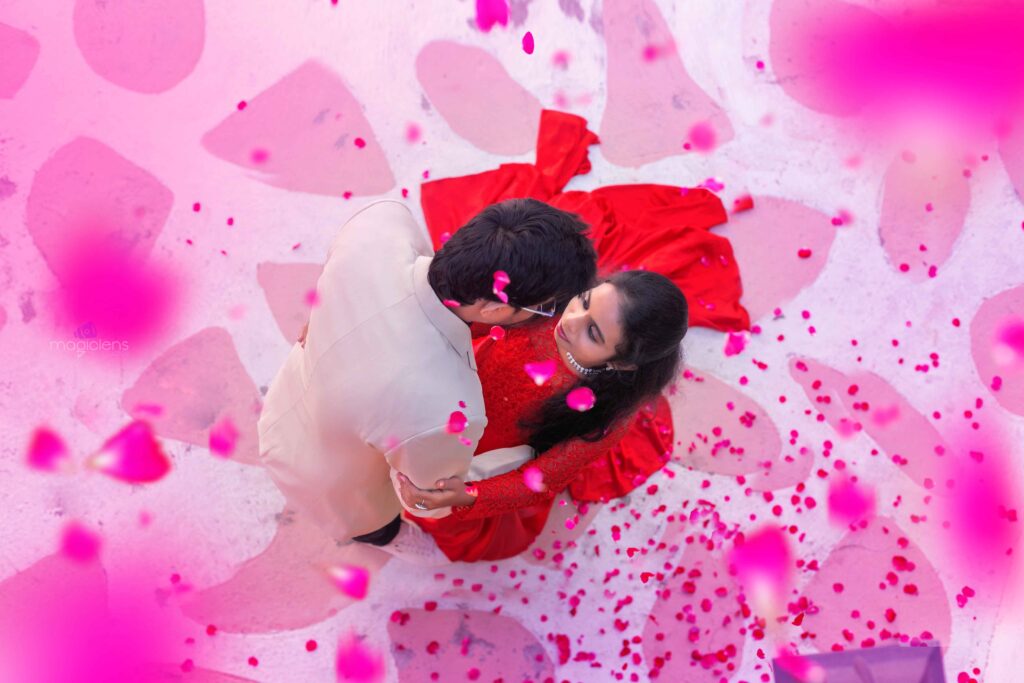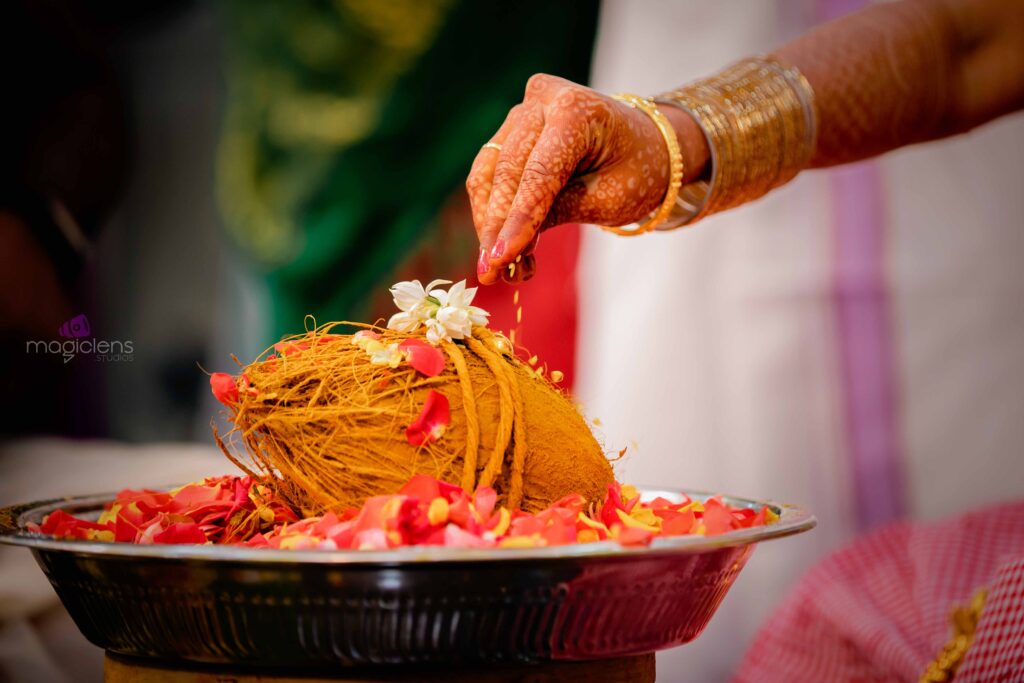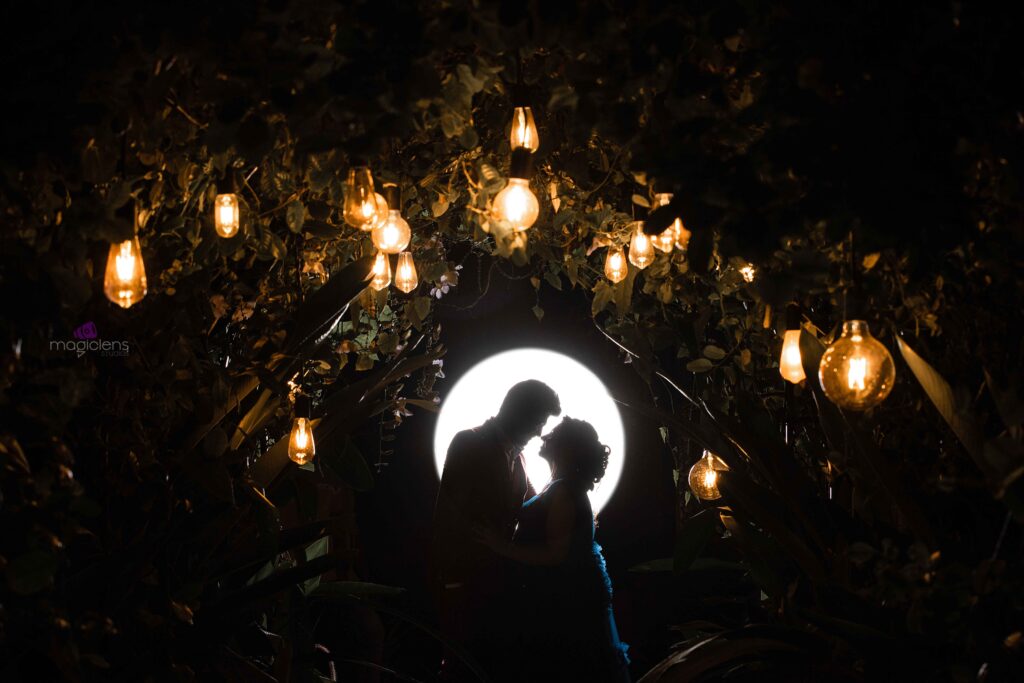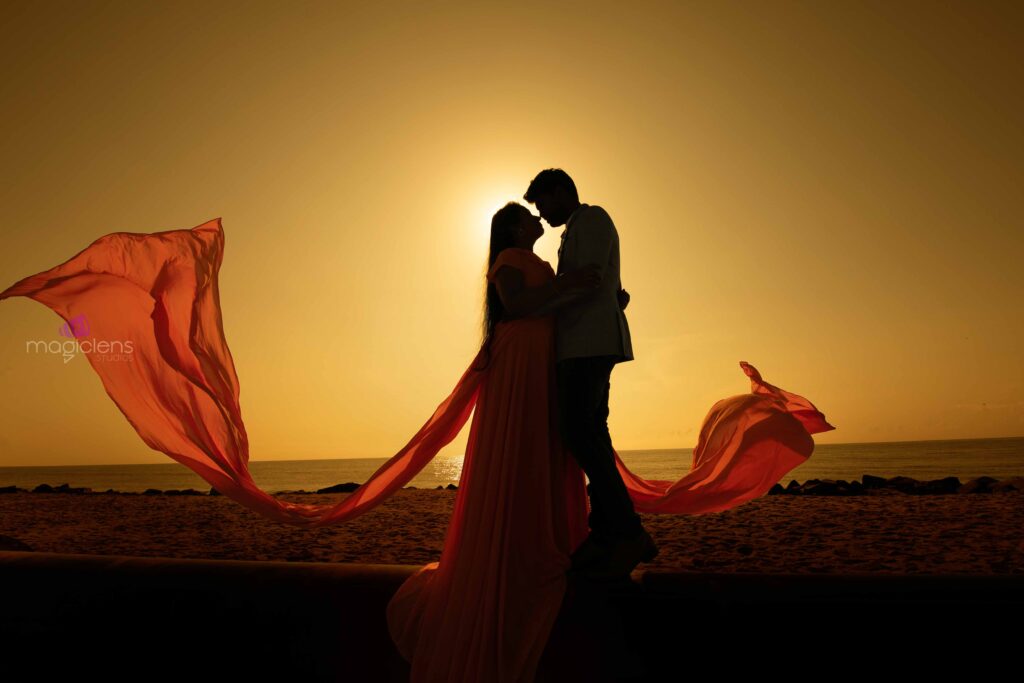Making Your Wedding Photography
Digital photography is defined as the process of capturing images using an electronic device called a digital camera. In a digital camera, the images are recorded digitally whereas in the early photos were recorded in photosensitive films.
In a digital camera, the intensities of red, green, and blue colors are used to record the color images, these recorded images are stored as variable charges on a CCD or CMOS images sensor chips. Finally, these charges are converted into a digital file and stored in the memory card.
- CCM Sensor: All the pixels have one amplifier.
- CMOS Sensor: Each active Pixel has its amplifiers.
Nowadays the smartphone’s mobile devices incorporate the digital camera feature with it and the integrated digital camera in smartphones comes with few advanced features.

Why Digital Camera for Professional Photography?
- Interchangeable Lenses: The option of changing the lens means that photographs can be taken from far away or close up whereas it is not possible in fixed lens devices like smartphones.
- Quality Image: Manually controlling settings for shutter speed and aperture allows you to get high-quality images in low light or if the object is moving.
- Long Duration: Digital camera battery can last a long time than a smartphone as it switches off if not charged.


Types of Digital Cameras
- Compact Digital Camera: Portable to carry in a pocket or small bag with a fixed lens and called point-and-shoot. Low-power flashlight, autofocus for closer objects, and zoom capability. Smaller (Ultra-Compact camera). Other(Compact Camera)
- Bridge Camera: With more manual controls it is halfway between a compact camera and a DSLR and has an excellent zoom capacity. Store images as raw data or in compressed JPEG format.
- Digital Single Lens Reflex Cameras (DSLR)or(SLR): High-quality image as a mirror reflects the light passes the lens with a separate optical viewfinder. Live preview mode, crop factors with high-end sensors, a good quality image in dim light, and an interchangeable lens option.
- Electronic Viewfinder (EVF): Captured the images as miniatures and has very large sensors with interchangeable lenses. Preview is using EVF only
- Digital Rangefinders: Used mostly by street and documentary photographers to take distance objects with a rangefinder in them.
- Line-Scan Camera: Capturing very high-speed images with high resolutions is usually used to take the stream of constantly moving materials.
Features of Digital Camera
- Resolution: The sharpness of the image determines the quality, pixels are the ones that determine the sharpness. Resolution can be reduced from higher to low but not vice-versa in computers.
- Manual User Interface: This enables the photographer to manually change the setting parameters to the shutter closing, focus point, time set for the click, recognize face, and aperture speed.
- Lens &Zoom: There are a few models in which the lens can be interchanged and the focal point can be zoomed in or out based on the distance of the object.
- Shooting Modes:
- Auto Mode: Light scene sets the aperture and shutter speed and is the basic shooting mode.
- Shutter Mode: Set shutter speed and the camera sets the aperture
- Aperture Mode: Set the aperture and camera set shutter speed
- Manual Mode: Select all the main menus in the camera.
Benefits of Digital Camera:
- Captured images or photos can be seen immodestly and if not up to the mark can be erased.
- Particular images or photos can be developed, no need for the entire film room development.
- As photos or images taken are digitally stored in memory cards, these memory cards are reusable.
- In Digital Camera taking photos are inexpensive and quick
- Take numerous shots as photos are stored in the memory card, the number of photos that can be stored depends on the capacity of the memory card.
- As photos are digitally stored in the digital camera it is easy to digitally modify or edit the photograph.
- Immediately viewed on the large screen TV or PC without processing.


- Storage and Data Transfer: Memory size determines the storage capacity and easy to transfer the image to the PC in raw or JPEG format
- Flash Type: Extra light to shoot inside or in low-light conditions.
- Red-Eye: Two flashes are used so that the eyes do not reflect too much light.
- Extra Flash: Additional flash like flash “sync” and “Hot Shoe” is attached to the camera and are strong than automatic flash. Usually, a camera with extra flash has a built-in automatic flash.
Magiclens Studio Chennai is one of the best studios to capture images with a high-resolution digital camera. Aim of the blog is to give a brief about the evaluation of digital cameras that have brought a difference in the photography field.

